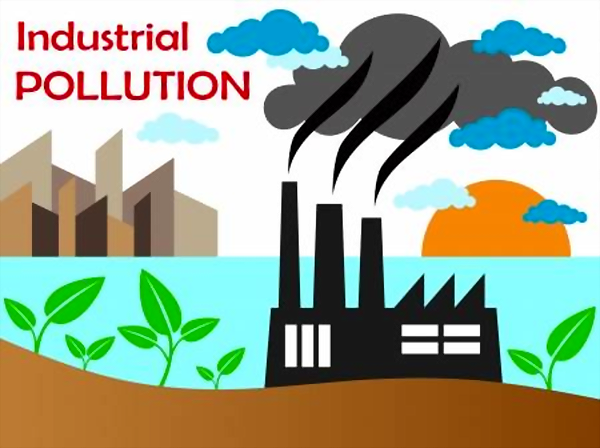The electrostatic precipitator is also known as an electrostatic air cleaner.
- It is often used in industrial and chemical plants.
- It removes liquid droplets or solid particles from gases or air that moves through flues or smokestacks.
They are usually charged by applying electricity. The functions are based on the application of energy. They are passed unto the particulate collected in the smokestacks without disturbing the flow of gas.
It is a highly effective system used in various industries. They include the chemical and fertilizer sector as well. It was initially designed to recover the valuable industrial-process materials. It also plays a vital role in air pollution control. Power generating stations and industrial facilities have immense use of this system. It is used in removing particles from waste gases.
Design And Process Used In Fertilizer And Chemical Plants
The basic designs include thin vertical wires set in rows with a stack of steep and flat metal plates. The plates are placed depending on the application. Usually, in an industrial system, the placement ranges from 1.3 cm to 17.8 cm. The gas flows horizontally instead of vertically through the plate stacks and between the wires. After that, the negative electrical charge of a thousand volts is applied between the plates and wires. Thus, the process of removing impurities from the stream of gas ends.
The electrostatic precipitators are an essential system in removing wastes of flue gases. The plate precipitators are usually marketed as air purifiers. They are so powerful that they can even replace furnace filters. Cleaning the plates is quite challenging and often requires professional help.
Looking for more guidelines and support, please feel free to contact Helios Infrapro for an enriching experience.








